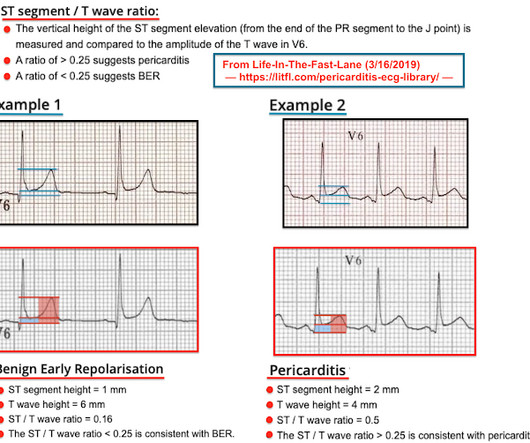Another deadly triage ECG missed, and the waiting patient leaves before being seen. What is this nearly pathognomonic ECG?
Dr. Smith's ECG Blog
JUNE 17, 2024
Echocardiogram showed severe RV dilation with McConnell’s sign and an elevated RVSP. The patient was upgraded to the ICU for closer monitoring. and tachycardia, 1.8. Finally , they found that S1Q3T3, precordial T-wave inversions V1-V4, and tachycardia were independent predictors of PE. inverted T-waves in V1 and V2, 1.8;











Let's personalize your content